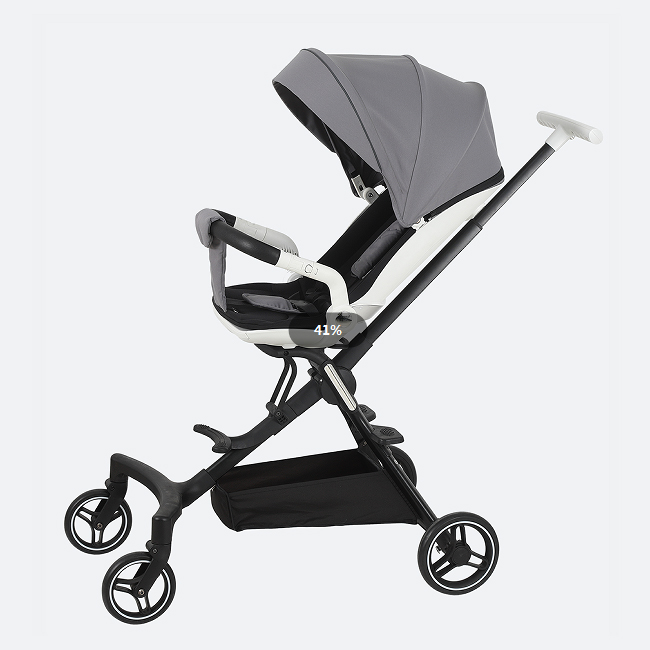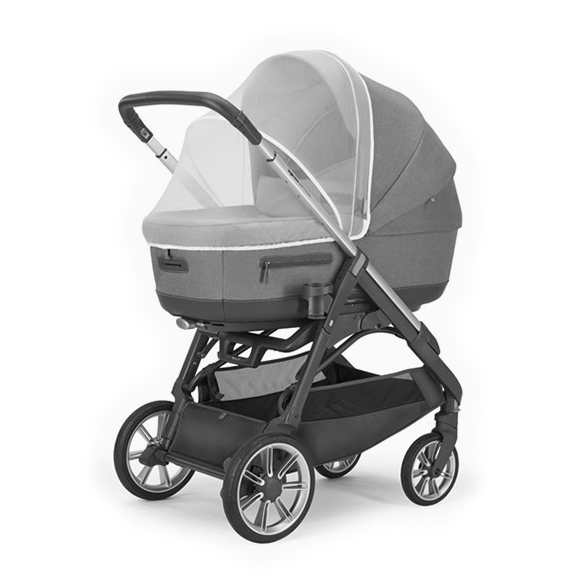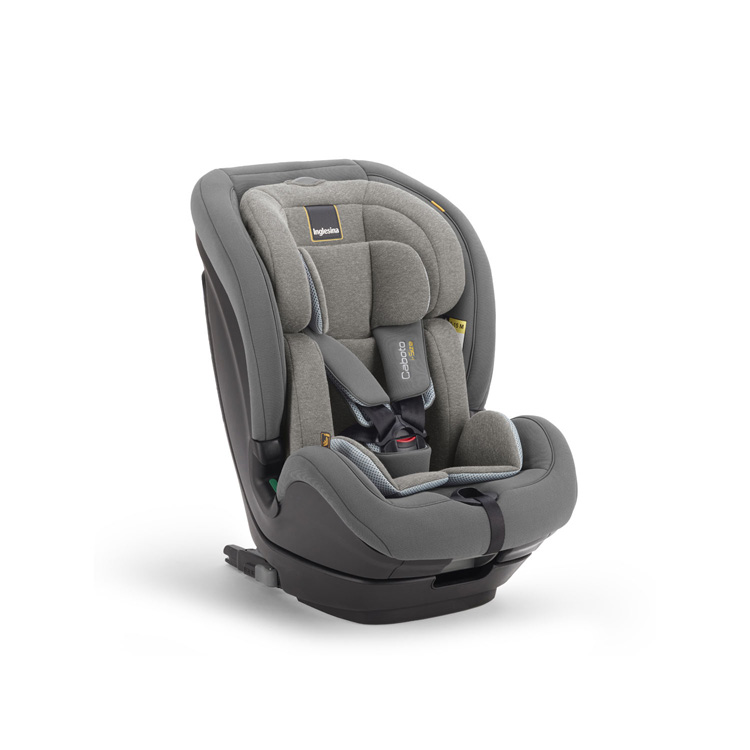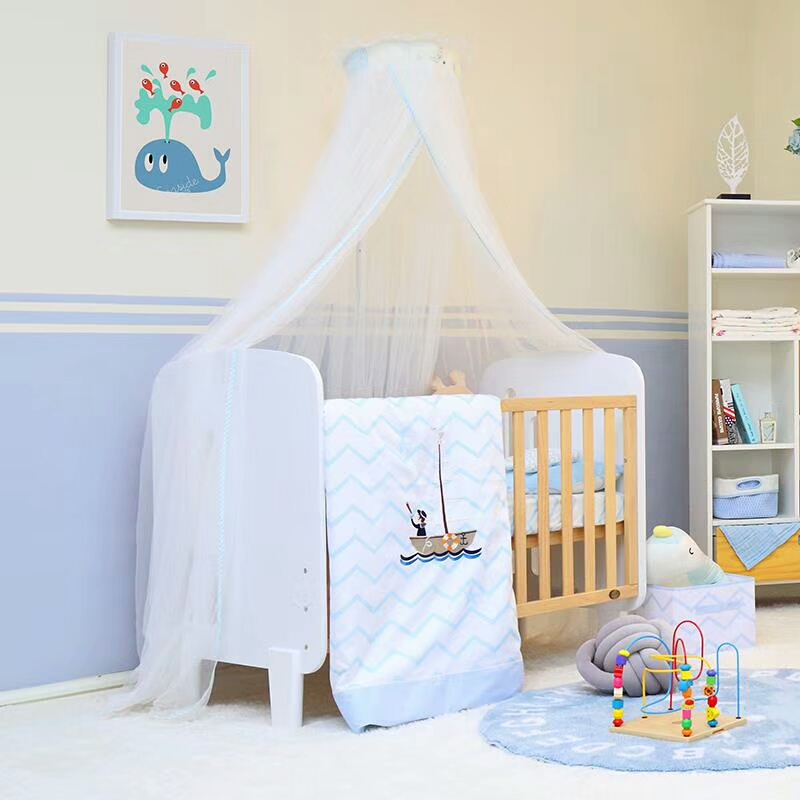Why is pillow height so important for children?
The child's spine is in the developmental stage, and the cervical curvature is not yet fully shaped. Pillows that are too high or too low can cause the cervical spine to be in an unnatural curvature, and long-term use may affect spinal health, leading to sleep discomfort and even breathing.
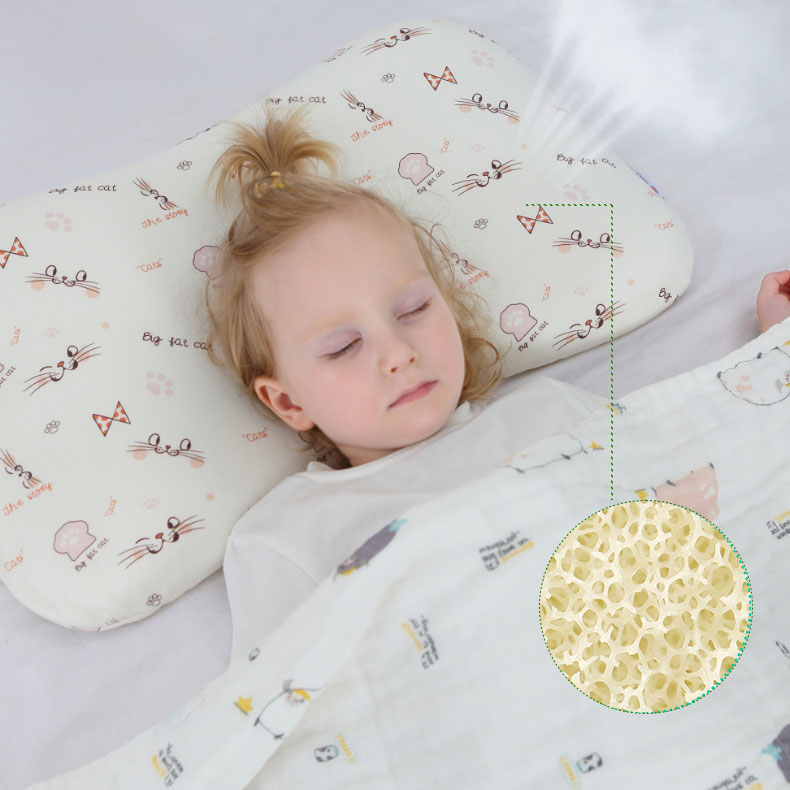
The scientific basis for choosing pillow height
There is currently no uniform exact standard for pillow height for height, weight, or age, but pediatric experts and sleep research provide some scientific guidance:
1. General age-based guidelines
0-2 years old: Pillows are generally not recommended. The American Academy of Pediatrics recommends not placing any soft objects, including pillows, on the crib to reduce the risk of sudden infant death syndrome (SIDS).
2-4 years old: Start using a very low pillow with a height of about 3-4 cm (equivalent to the height of a towel folded)
5-8 years old: The pillow height can be appropriately increased to 4-6 cm
Over 9 years old: You can choose a pillow of 6-9 cm according to the specific development of the child
2. Key measurement indicator: ear shoulder distance
A more scientific approach is to measure the child's "ear-shoulder distance" – the distance from the ear to the outside of the shoulder. This distance determines how high the pillow needs to be to fill the gap between the head and neck and the mattress when lying on the side, keeping the spine in a straight line.
Measurement method:
Have the child lie on their side, keeping their head parallel to the mattress
Measure the distance from the mattress to the side of the neck
The ideal pillow height should be equal to this distance, keeping the cervical spine naturally straight
3. Consider your sleeping position
Supine sleepers: A lower, flat pillow is required to support only the natural curvature of the neck
Side sleepers: Higher pillows are needed to fill the gap between the head and shoulders
Prone sleepers: A very low or almost no height pillow is recommended
Practical advice: how to choose the right pillow for your child.
1. Observe your child's sleeping position: Understand the sleeping position your child most often adopts.
2. Practical test: Have your child try lying down on pillows of different heights.
The ideal height should keep the child's head, neck, and spine at the same level;
When lying on your back, your chin should not tilt excessively up or down;
When lying on your side, your spine should remain straight and not curve in any direction.
3. Consider the material: Choose materials with moderate support and good breathability.
4. Regular Assessment: As your child grows, reassess the pillow for suitability every 6-12 months.
Reference table for different age groups
Age recommended pillow height precautions
0-2 years old No pillow to avoid SIDS risk
2-4 years old 3-4 cm ultra-low flat pillow
5-8 years old 4-6 cm adjusted according to body shape
9-12 years old 6-9 cm Consider sleeping position
Conclusion
The most important thing in choosing a pillow height for children is to maintain the natural straightness of the spine, rather than strictly following age or height standards. Every child's body structure is different, and the best way to do this is to actually test and observe. Remember, the right pillow should allow the child to wake up feeling relaxed and refreshed in their neck, not stiff or painful.
Investing in the right pillow is investing in your child's healthy sleep and spinal development, and this attention will have long-term benefits for their growth.



